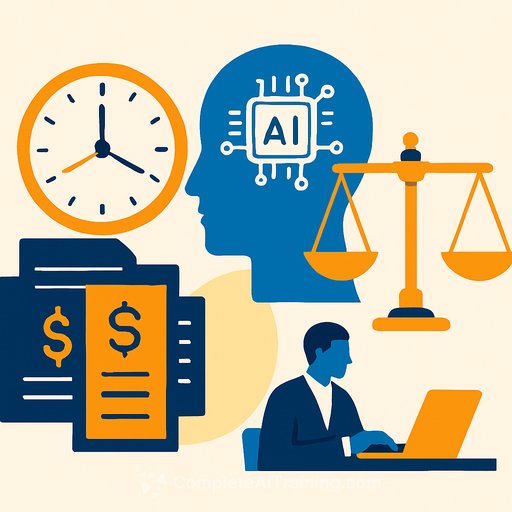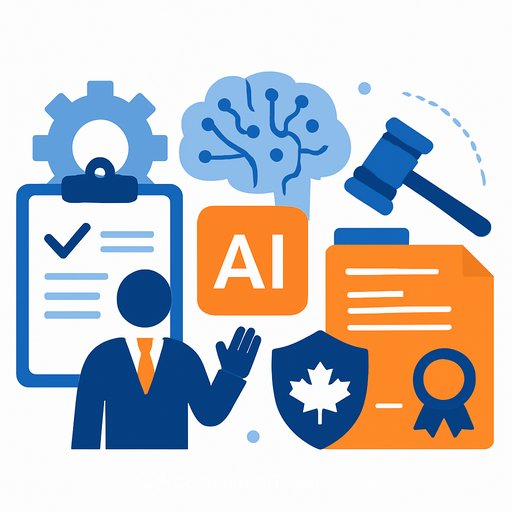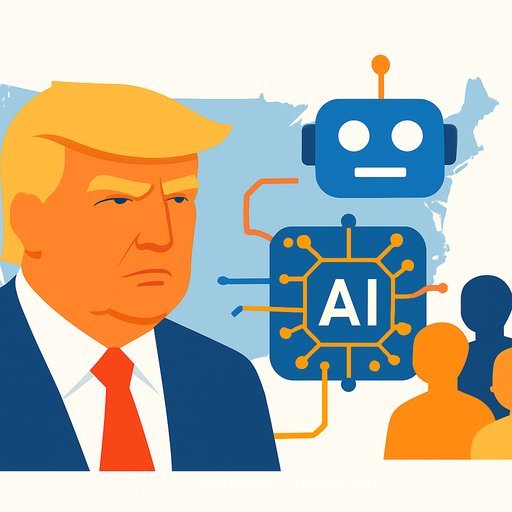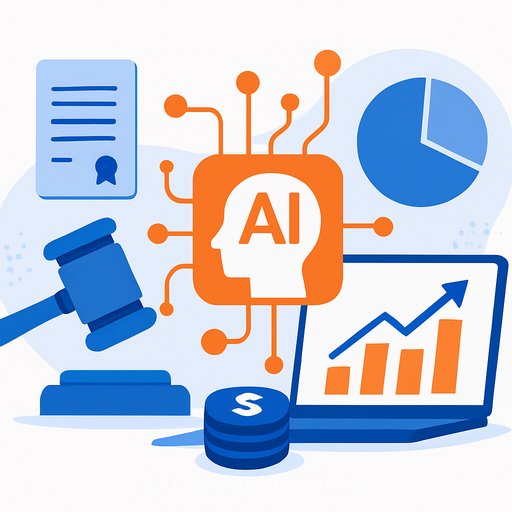AI In Legal Practice: Slow Uptake, Clear Signals
AI isn't changing most lawyers' day-to-day work yet. In a recent survey, 21% of respondents said they use generative AI about once a day or more, 31% use it a few times a month, and about a third haven't used it at all in the last six months.
Only 23% said their organizations are early adopters. As one industry leader put it, "We overestimate the impact in the short term and underestimate in the long term." The billable hour remains a brake: "We've got a good thing. We bill by the hour."
Why many lawyers are holding back
- Hallucinations make public missteps a real risk.
- Concerns about exposing sensitive client data to vendors.
- Unclear improvement on quality or outcomes for certain matters.
- Organizational incentives reward time, not efficiency.
At the same time, pressure is building from partners and corporate leaders to improve efficiency and reduce costs.
Adoption isn't uniform
Comfort with AI tracks experience and practice area. Younger lawyers who grew up with mobile tech tend to experiment more than senior partners.
eDiscovery teams are further along. After decades working with technology-assisted review, they can see how newer models help sift large discovery sets faster and with fewer misses.
Proof of value: a tax matter saved $600,000
One tax attorney keeps AI open almost all day. Using Microsoft Copilot, he uploaded a spreadsheet with 14,000 transactions to reconcile IRS and client figures.
Copilot flagged a $50,000 issue everyone had missed. That one finding led to a path that shaved $600,000 off the settlement. Manual review at that scale wasn't realistic.
The quiet adoption you might be missing
Surveys can undercount use. Many lawyers interact with embedded AI without realizing it-inside email, video calls, and drafting tools. Usage may be higher than reported, even if firms haven't formally rolled out new systems.
What forward-leaning legal teams are doing now
Start where risk is manageable and value is visible
- High-volume, lower-risk tasks: document review triage, summarizing transcripts, first-draft emails, time-entry cleanups.
- Research accelerators: ask models for issue maps, then validate with primary sources.
- Finance and ops: billing narrative polish, engagement letter drafts, internal policy Q&A.
Build guardrails before scale
- Use enterprise-grade tools with tenant isolation and logging. Disable model training on your data.
- Never paste privileged or PII into consumer tools. Redact or use approved secure workflows.
- Require human review. Ban unsourced citations. Prefer tools that show sources and retrieval context.
- Write a short usage policy: what's allowed, what's banned, and disclosure expectations to clients.
- Track outcomes: accuracy checks, hours saved, turnaround time, write-offs, and client feedback.
- Realign incentives for efficiency, e.g., alternative fees or success metrics that reward better outcomes, not time spent.
Risk checklist for partners and GCs
- Confidentiality: vendor NDAs, data residency clarity, retention off by default.
- Security: SSO, access controls, audit trails, prompt/response logging.
- Ethics: set rules for citation verification and AI disclosure where material to representation.
- Data hygiene: redaction gates, PII scanning, clear approval paths for uploads.
- Training: short playbooks, live demos, and peer review standards.
- Frameworks: align with the NIST AI Risk Management Framework for governance basics.
What the survey says-read between the lines
750+ responses across Sept. 8-22 offer a snapshot. Many lawyers are experimenting a few times a month. A sizable group hasn't touched AI recently. Only a minority sit in organizations that move fast.
Yet embedded tools are spreading, and practical wins are stacking up in focused use cases. The firms that standardize small, safe workflows now will compound advantages over the next 12-24 months.
Next steps for your team
- Pick one practice area and run a 30-day pilot with 3-5 attorneys.
- Create vetted prompt templates for 5 common tasks, with review checklists.
- Measure outcomes weekly and decide to scale or refine.
- Nominate two "AI champions" to own training and policy updates.
If you want structured upskilling for specific roles, explore curated options here: AI courses by job.
Your membership also unlocks:






